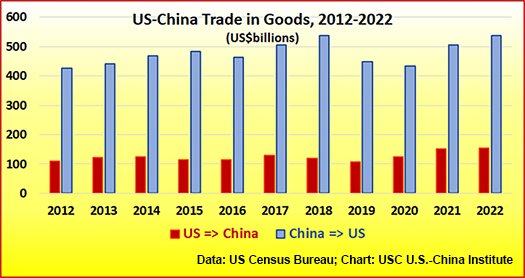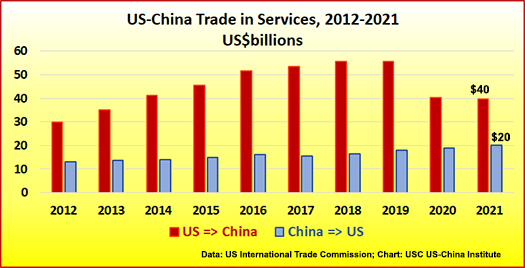Happy Lunar New Year from the USC US-China Institute!
Getting Reacquainted

America’s chief diplomat made a quick but important trip to Beijing this week. Sec. of State Antony Blinken met with China’s Pres. Xi Jinping and Qin Gang, the former ambassador to the U.S. who is now China’s Foreign Minister. This follows high profile visits from American philanthropist Bill Gates and chief executives from Tesla, Intel, Qualcomm, Apple and JP Morgan Chase among others.
In remarks since the meeting, Blinken stressed the need for the two sides to continue talking. He complained about recent encounters between U.S. and Chinese planes and ships that the U.S. has labelled dangerous and unprofessional. The Chinese side describes the incidents as stemming from the U.S. making unwelcome intrusions into areas it considers its own. The two sides also took up issues involving Taiwan, with Blinken arguing that U.S. policy hasn’t changed, but Chinese actions have. Minister Qin is reported to have said that Taiwan “is the core of China’s core interests” and insisted that the U.S. is failing to adhere to promises made in joint communiques.
The desire of the U.S. and Chinese governments to stabilize the relationship so both can focus on other issues is clear, but there was another dust-up in the past couple of days. Speaking at a fundraiser, Biden described Xi as a dictator embarrassed that he was unaware of the spy balloon intruding into U.S. airspace. The Chinese foreign ministry called the comments absurd and irresponsible.
The Gates Foundation began supporting projects in China in 2002 and opened an office there in 2007. Over the two decades the Foundation has provided close to $400 million for projects in China and worked with China to foster development in Africa and elsewhere. During his June visit, he pledged an additional $50 million to support the Global Health Drug Discovery Institute in Beijing. The institute is a collaboration launched in 2016 by the foundation, the Beijing city government and Tsinghua University.
As for the corporate chiefs, each was visiting for the first time since the outbreak of the pandemic. They met with a variety of officials, including members of the politburo and heads of government ministries. Some worry that tensions between the U.S. and China might place their business plans at risk. Almost two-thirds of Qualcomm’s 2022 sales, some $28 billion came from shipments to Chinese cell phone and other manufacturers in China. Intel, another chip giant got $17 billion in China, some 27% of Intel’s global revenues. This was a big drop from the previous year. About 19% of Apple’s revenues came from China, where its suppliers have 3 million employees. Tesla’s been cutting prices and was supplanted by BYD as the top seller of electric vehicles in China. Even so, Tesla earned $18 billion in China, about 23% of its global total.
As the revenue information above indicates, the U.S. and China economies are tightly intertwined. This is evident in the charts below, where two way trade in goods equaled $690 billion in 2022 and trade in services in 2021 reached $60 billion. China is the America’s third largest trade partner (after Canada and Mexico). The U.S. trails only the European Union in two-way trade with China. Statistics for the last decade are below.


Featured Articles
We note the passing of many prominent individuals who played some role in U.S.-China affairs, whether in politics, economics or in helping people in one place understand the other.
Events
Ying Zhu looks at new developments for Chinese and global streaming services.
David Zweig examines China's talent recruitment efforts, particularly towards those scientists and engineers who left China for further study. U.S. universities, labs and companies have long brought in talent from China. Are such people still welcome?






